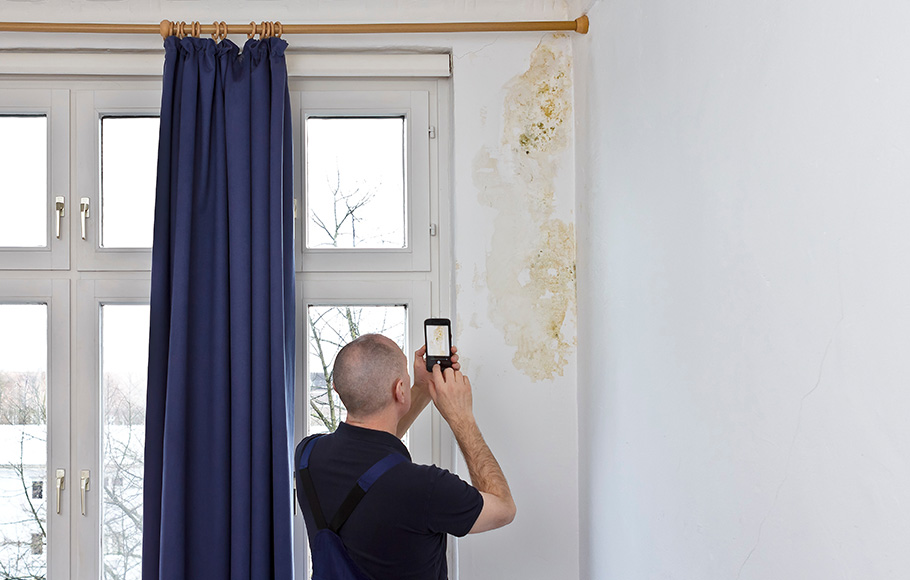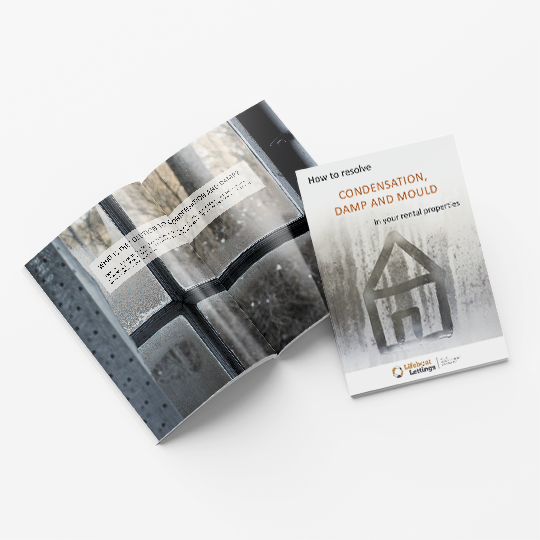
Following the introduction of Awaab’s Law the government has announced that there is not going to be a similar law for private landlords. The key provisions of Awaab’s Law for social landlords are as follows:
- Damp and Mould: Landlords must address dampness and mould promptly.
- Time Limits: Strict time limits will be set for landlords to take action.
- Tenant Rights: The new rules will form part of the tenancy agreement, empowering tenants to hold landlords accountable.
- Improved Standards: The law seeks to drive up standards in the social housing sector.
Awaab’s Law also proposes new legal requirements for social landlords to investigate hazards within 14 days, start fixing within a further seven days, and make emergency repairs within 24 hours. Those landlords who fail can be taken to court where they may be ordered to pay compensation for tenants.
Social landlords will be expected to keep clear records to improve transparency for tenants – showing every attempt is made to comply with the new timescales so they can no longer dither and delay to rectify people’s homes.
However, the government has ruled out a comparable law for private landlords.
Despite this, it is still good practice for landlords within the PRS to be aware of any damp and mould issues within their properties by conducting regular inspections and engaging with tenants to identify the cause and make the necessary repairs or agree steps to tackle the problem with their tenants.
Mould and damp issues can be a headache for both tenants and landlords. Not only do they affect the aesthetics of a property, but they can also pose health risks and lead to costly repairs if left unchecked.
So, what is the best way for landlords to approach a damp and mould issue. Here are our seven top tips.
7 Top Tips for preventing and dealing with mould and damp issues in rental properties
1 Effective Ventilation
Ensure proper ventilation in areas prone to moisture build-up, such as bathrooms, kitchens, and laundry rooms. Installing extractor fans or opening windows regularly can help reduce humidity levels.
2 Address Water Leaks Promptly
Act swiftly to repair any leaks from pipes, roofs, or windows. Even small leaks can lead to significant damp problems if left unattended.
3 Insulation
Adequate insulation can prevent condensation by maintaining stable temperatures within the property. Check insulation in walls, roofs, and floors to minimise the risk of dampness.
4 Regular Maintenance Checks
Conduct regular inspections of the property to identify and address any potential issues before they escalate into larger problems.
5 Educate Tenants
Provide tenants with guidance on how to maintain proper ventilation, avoid drying clothes indoors, and promptly report any signs of dampness or mould.
6 Humidity Control
Consider installing dehumidifiers in areas prone to high humidity levels to help control moisture and prevent mould growth.
7 Professional Help
If mould or damp problems persist despite preventive measures, seek the assistance of qualified professionals to assess the extent of the issue and implement effective remediation strategies.
By implementing these tips, landlords can safeguard their rental properties against mould and damp problems, ensuring a healthier and more comfortable living environment for their tenants while protecting their investment.
If you would like to learn more about this subject download our free ebook here


